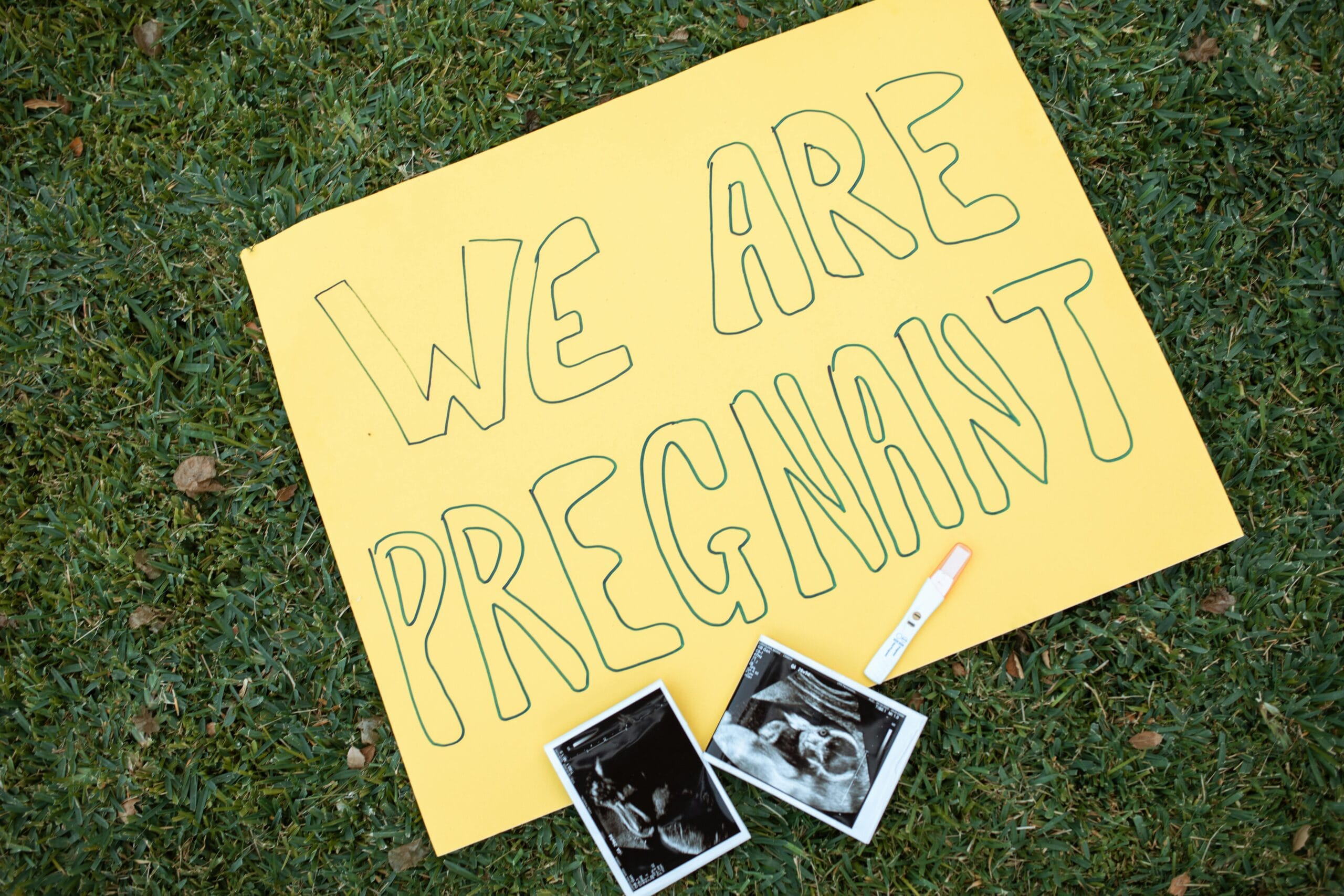Having a child stands as a monumental life experience which affects people at the deepest level. Expectant mothers gain better preparedness and confidence when they understand what happens during labor and delivery. Each developmental phase starting from contractions until you grasp your newborn turns vital for obtaining a secure delivery outcome.
Preparing for Labor and Delivery
1. Recognizing the Signs of Labor
The first signs of labor include small contractions together with lower back pain and thin mucus fluid.
Active Labor indicators consist of intense repetitive contractions as well as water shear and cervical expansion.
2. Creating a Birth Plan
State your selection regarding pain control options and birth position choices as well as the list of participants in your labor support team.
You need to talk about your plan with your doctor or midwife because they should validate its practicality.
3. Packing Your Hospital Bag
The hospital requires these important items: your identification, insurance documents, clothes that allow motion, personal hygiene products and small snacks.
- Baby items: Diapers, onesies, and a car seat for the ride home.
- Optional items: Music, essential oils, and relaxation tools for comfort.
4. Building a Support System
- Look for someone you trust to serve as your emotional and physical support at birth whether they are a family member or a professional doula or birth partner.
- Share your needs along with your specific expectations to your support network.
- Stages of Labor
Stage 1: Early and Active Labor
Early Labor:
- Early labor starts as the cervix thinness while it also begins to expand from 0–6 cm.
- Contractions are mild and irregular.
- The labor process may continue from several hours to multiple days throughout this period.
Active Labor:
- As the contractions progress they strengthen while increasing their frequency.
- Consistent dilation of the cervix extends from 6 cm until it reaches 10 cm.
- Labor progresses through this phase for longer than several hours.
Transition Phase:
- Late phases of active labor lead up to the time for labor delivery.
- Labor contractions start with two-minute to three-minute intervals that endure for sixty seconds.
- The physical pressures and feelings of nausea and exhaustion affect female emotional state.
Stage 2: Delivery of the Baby
- The mother can start pushing when her cervix achieves a complete dilation at 10 centimeters.
- The baby descends through the birth canal because of contractions.
- The second delivery stage extends from several minutes up to several hours.
- After birth of the baby personnel cut the umbilical cord.
Stage 3: Delivery of the Placenta
- The placental organ leaves the maternal body between five minutes and half an hour after birth occurs.
- The placenta removal process triggers uterus contractions which help push the placenta while decreasing postpartum bleeding.
- Healthcare providers monitor for complications.
Pain Management Options
1. Natural Pain Relief
- Breathing techniques, meditation, and visualization.
- Hydrotherapy (warm baths) and massage.
- Changing positions to ease discomfort.
2. Medicated Pain Relief
- Epidurals generate major pain relief yet prevent physical movement.
- The injection receives the medication through the intravenous method to help diminish pain but maybe results in sleepiness.
- Spinal Blocks serve as a popular method for C-section procedures because they provide complete numbing effects.
Post-Delivery Recovery
1. Immediate Skin-to-Skin Contact
This practice enables both emotional connection between mother and baby and controls the infant’s body heat regulation.
The practice of breastfeeding maintenance along with heartbeat stability improvement for the baby occurs.
2. Monitoring and Care
Medical staff examines the mother’s postpartum bleeding together with checking her uterus contraction status and evaluating her general health situation.
Medical staff examine both baby’s basic health indicators and reflex functions.
3. Healing and Rest
- Women who give birth vaginally will undoubtedly experience soreness that needs both rest and appropriate medical attention.
- The surgical birth process necessitates patients to rest longer while they heal their surgical incisions.
- After giving birth a woman needs rest and healthy nutrition and sufficient fluid intake to achieve optimal recovery.
Conclusion
The process of labor and delivery becomes easier to handle when expectant parents gain knowledge. This information helps them develop a sense of control and readiness. Expectant parents who make informed choices between natural and medicated birthfare better positioned to navigate the labor process with more ease due to their knowledge of stages of labor and pain relief methods and postnatal recovery. Labor and delivery bring both demanding yet fulfilling periods which create the start of your first remarkable life transition.



